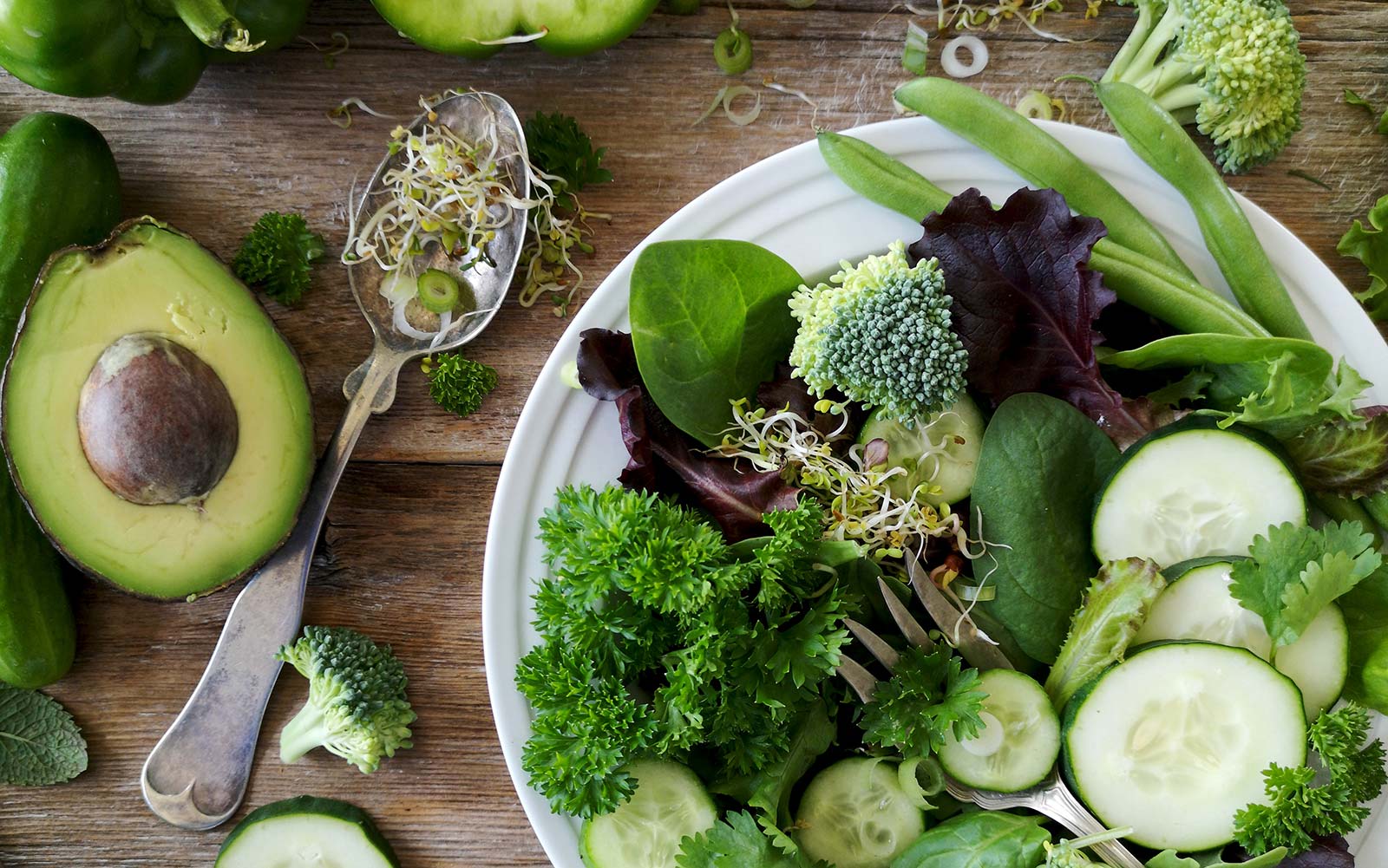A recent study has discovered a new structure to sperm that may be responsible for infertility, miscarriages and birth defects.
A centriole is an organelle that helps the cells to divide or make copies of themselves and are only found in animals cells such as sperm. These organelles are essential for successful cell division during fertilisation.
The reason why this is so important is because sperm were originally thought to have contained one centriole that contributed to the fertilisation of an egg, however recent studies have revealed that a second centriole is present and that the male donates not one, but two centrioles during fertilisation.
By learning about the behaviour of this second centriole we can gain a better understanding of how the structures work during the stages of early reproduction and help to pin point any structures that may contribute to male infertility or impaired embryo development.



